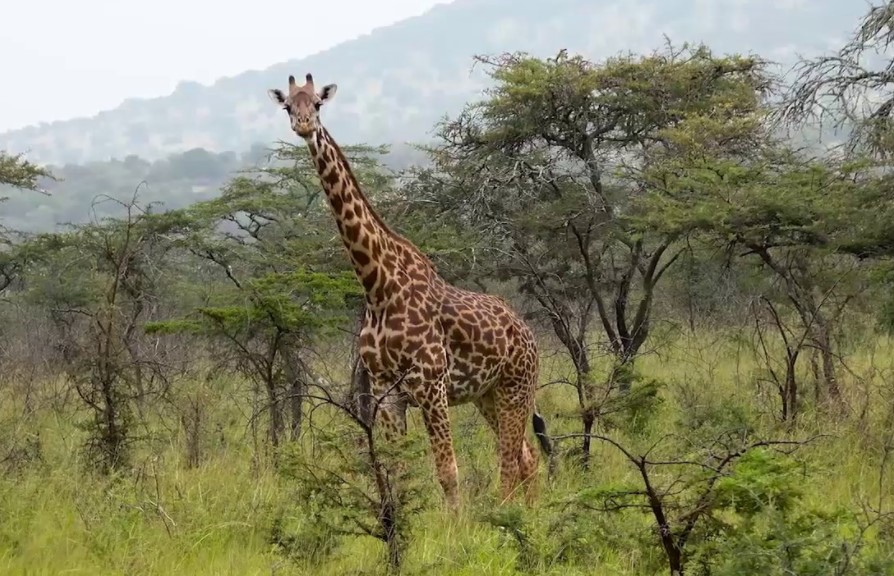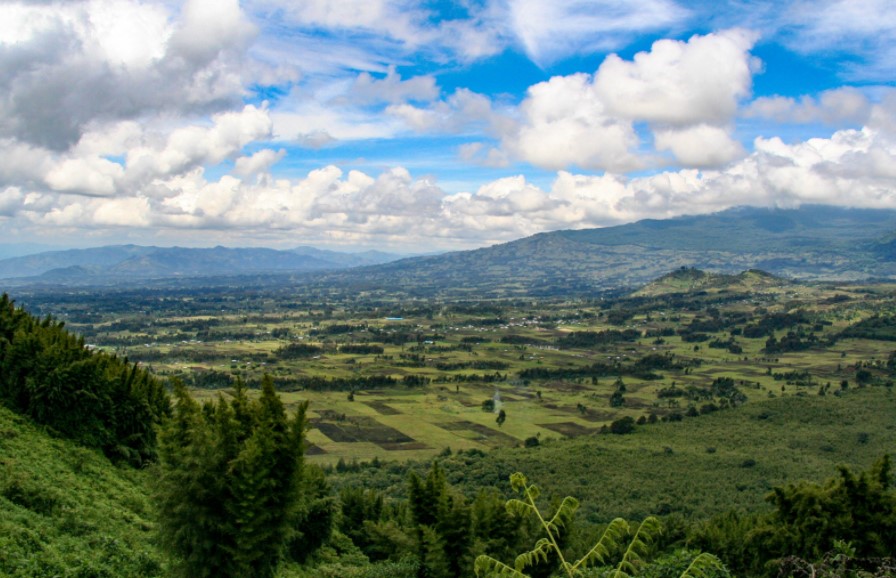Rwanda history as a country stems from all aspects of events, including social, political, and economic aspects, and this is very interesting. The history of Rwanda is divided into the pre-colonial and post-colonial periods. During the pre-colonial period, Rwanda was fond of the king known as the Gihanga, and this started his dynasty from the place of cattle gasabo district, which is located near Huhazi.
The name Rwanda was derived from the Kiryanrwanda verb Kwanda, which means “expansion.” Before his demise, Gihanga had arranged the state, and all the people followed him with ease, and they respected him in that they were calling him Omwami, which means “the famous person.”
The religion of Rwanda is reflected in the very many people knowing God and calling God by different names. These include the Gihanga, rigira, rutema, and rigira, which are names that were given to God by different people in Rwanda. According to legend, Rwanda was divided into 20 clans: Abanyiginya, Abagesera, Ababanda, Abasinga, Abasindi, Abazigaba, Abashambo, Abongera, Abatsobe, Abungura, Abacyaba, Abahinda, Abashingwe, Abashingwe, Abashingwe, Abashingwe, Abashingwe, Abashingwe, Despite the ethnic categories established by the Belgians (Hutu, Tutsi, and Twa), it has long been believed that clans are natural social organizations made up of people who are naturally connected.

The Germans took the country in the 1890s and held it until 1916, when it fell after failing in WW1, and the Belgians took over. All this is still Rwanda’s history. The Hutu Proclamation was published in 1957. Mwami Mutara III Rudahigwa died on July 24, 1959. The UNAR party was founded on September 3, 1959.
In 1959, the majority of Tutsi fled to neighboring countries like Uganda, Burundi, the Democratic Republic of Congo, and Tanzania, claiming that their homes had been burned down by Hutus, encouraged by provincial rulers. A political election was held in 1960. Rwandans voted in 1961 to repeal the Monarchy’s structure. Mbonyumutwa Dominique takes over as Rwanda’s interim leader on January 28, 1961. Rwanda gains autonomy on July 1, 1962, and Kayibanda Gregory becomes Rwanda’s first formal leader.
In 1973, the powerful commander Habyarimana clung to power through a coup. Tutsi outcasts initiated an independence struggle in 1990. In barely three months in 1994, more than one million people were massacred, mostly by interahamwe volunteer armies of Hutu adolescents armed with cleavers, rifles, and other conventional weapons provided by officials near Habyarimana.
The death of Habyarimana Juvenile and his Burundian partner, Cyprien Ntaryamira, on April 6th, when their jet was wrecked while attempting to land in Kigali on their way back from a peace discussion and signing in Arusha, Tanzania, set the tone for the carnage. The visit to Rwanda will teach you more about the history of Rwanda and many interesting facts about this country, which you will learn to appreciate and appreciate. This is very exciting and wonderful.


Comment (0)